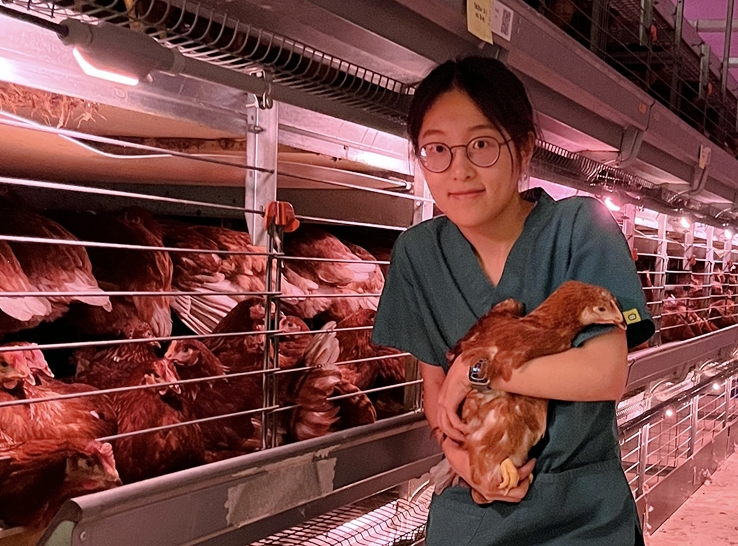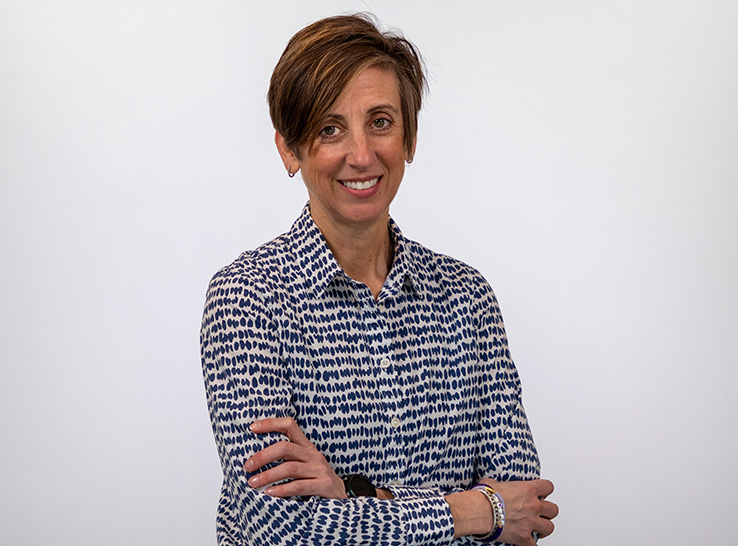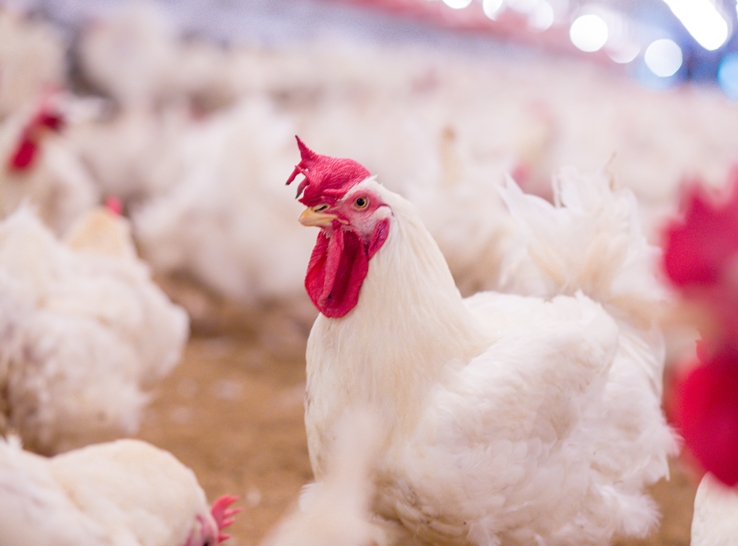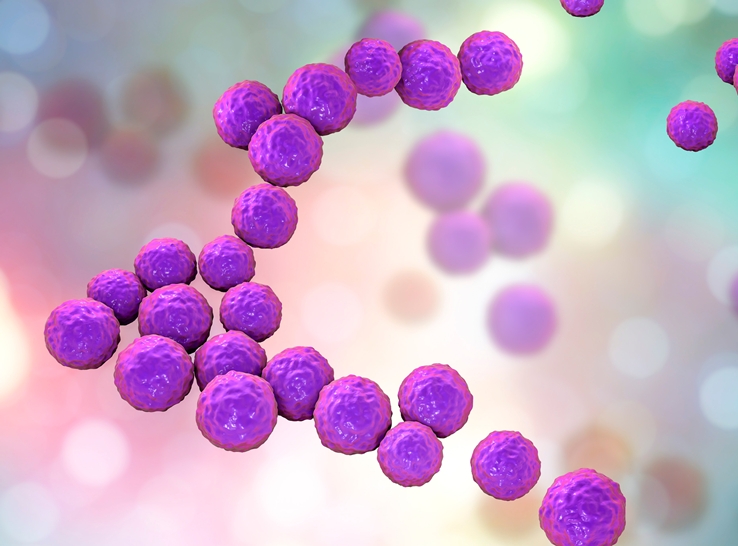

A “Viewpoints” article by
Sara Throne, DVM, MAM, Dipl. ACPV
Simmons Foods, Inc.
Siloam Springs, Arkansas, USA

A “Viewpoints” article by
Sara Throne, DVM, MAM, Dipl. ACPV
Simmons Foods, Inc.
Siloam Springs, Arkansas, USA

A layered IBD vaccine strategy that combines recombinant vaccines with targeted live vaccines can build a more robust and adaptable line of defense, according to Alexandra Mendoza-Reilley, DVM, technical services poultry veterinarian at Merck Animal Health.
[random-sponsor]

A layered IBD vaccine strategy that combines recombinant vaccines with targeted live vaccines can build a more robust and adaptable line of defense, according to Alexandra Mendoza-Reilley, DVM, technical services poultry veterinarian at Merck Animal Health.

A precision poultry-feeding system developed by University of Alberta scientists has the potential to bring improved fertility, better flock uniformity and significant savings for broiler breeder producers.

Abstract: A field study of Clostridium perfringens enumeration methods in the broiler house environment

Pathogenic Enterococcus cecorum is proving to be a growing problem on broiler farms, and infection extends beyond bird-to-bird contact to the farm environment, according to a study led by Martine Boulianne, DMV, PhD, DACPV, at the University of Montreal.

Post-mortem exams help determine mortality causes and which health challenges birds are encountering. But conducting necropsies on healthy birds can also provide the perspective needed to distinguish between what’s normal and abnormal for a particular flock.

By Kay Russo, DVM, MAHM, DACPV
RSM Consulting

A joint research study conducted by the USDA and North Carolina State University researchers demonstrated that the type of housing system used for laying hens can influence levels of human pathogenic Salmonella in their organs.

Conducting in-lay boosting of adult, organic, free-range laying hens with a Pasteurella multocida vaccine protected against fowl cholera with minimal impacts on production, according to a study conducted by Luke Trimble, DVM, Wilson Vet Co.